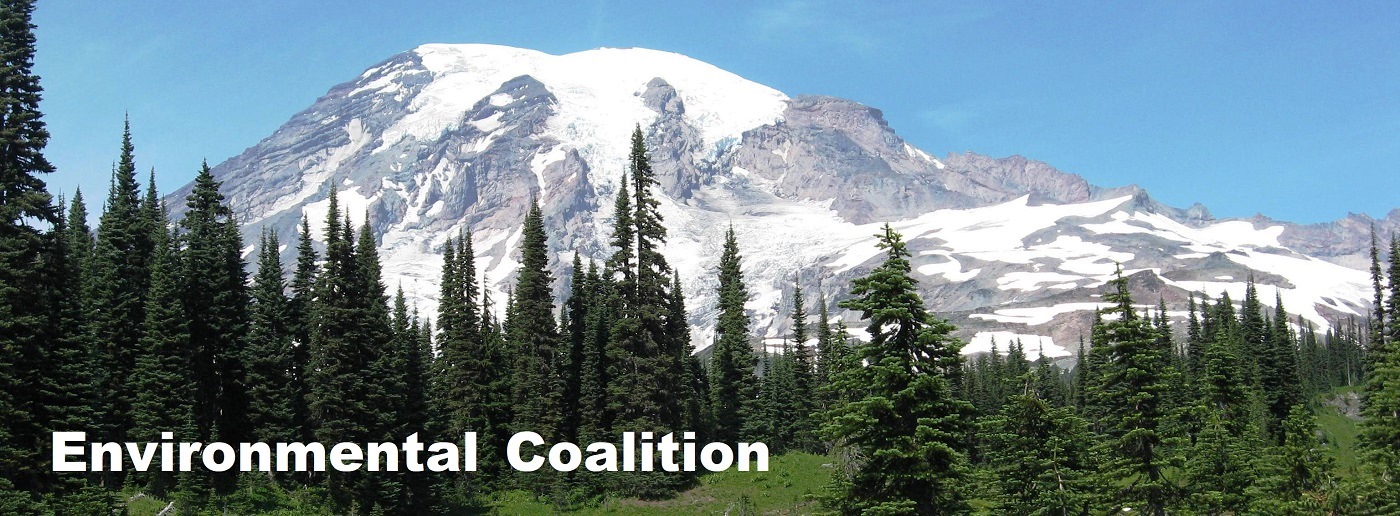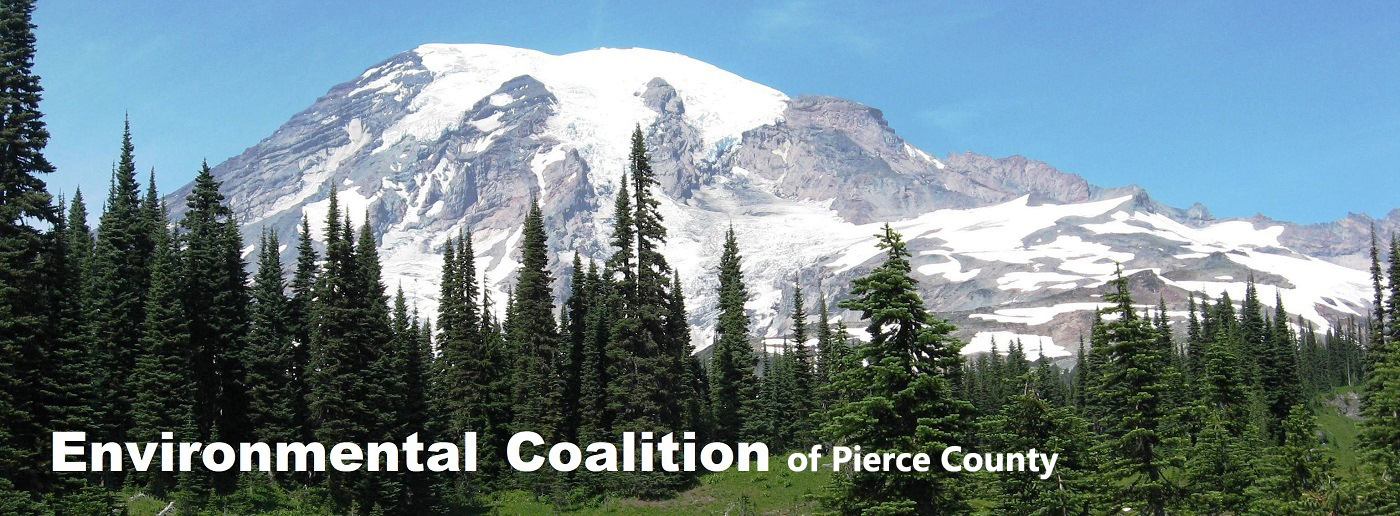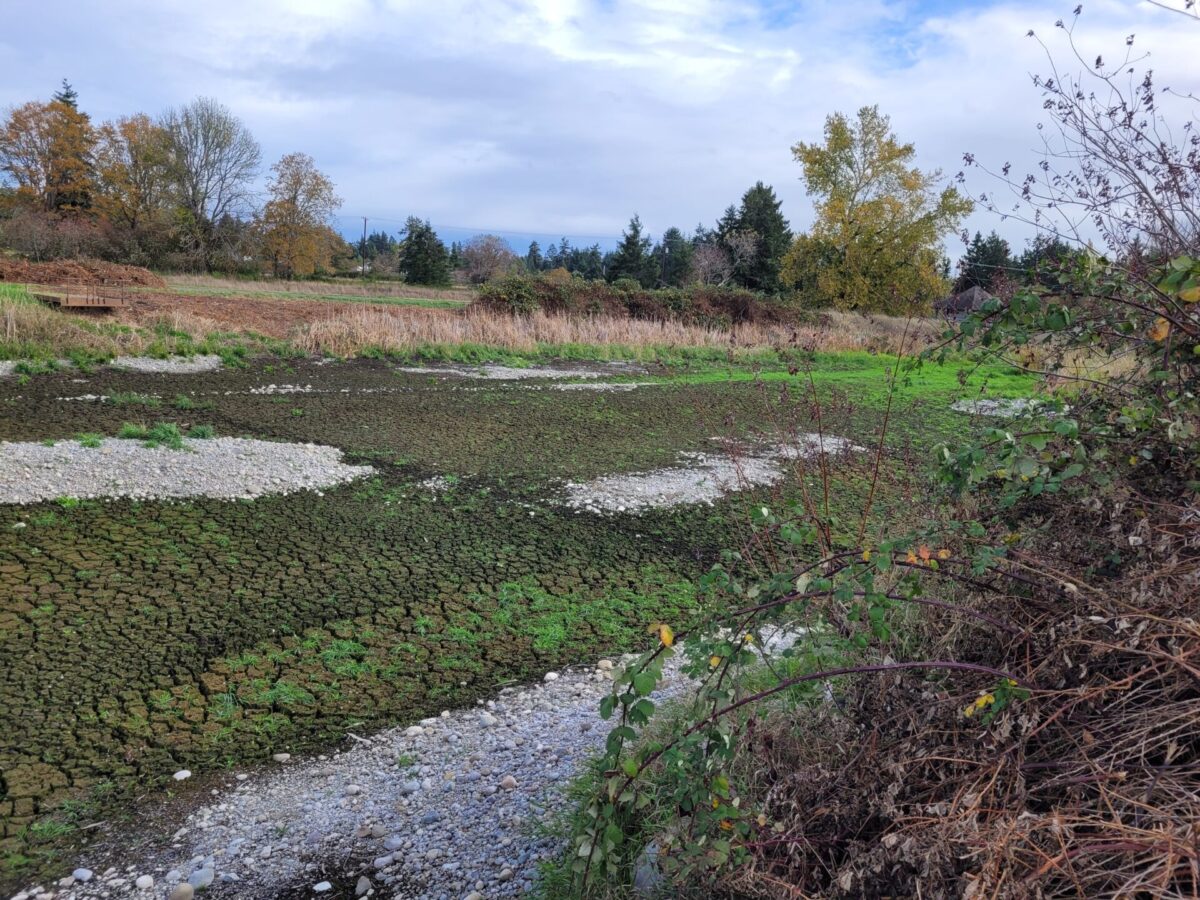Recently passed amendments to review water systems in the county have made it possible to re-think how the county can change the crisis of expanded growth and increased problems with drought, flooding, and water shortages into proposals that could turn these problems into opportunities to recharge aquifers, increase groundwater and get creeks flowing, while at the same time increasing water supply for some of the county’s water providers.
______________________________________________________________
Pierce County public works is in a unique position to respond to the crisis of global warming and the resulting flooding, forest fires, and droughts. New amendments to the County Comp Plan make it possible to decide to capture the annual increased rainfall of 15 inches in winter and use the water to restore the county’s aquifers, to raise groundwater to restore creek flow, and reduce forest fires along creek corridors.
This spring, four environmental organizations worked together to respond to the County’s Environmental Impact Analysis that examined how the county Public Works and Planning departments would respond to a substantial increase in population. Our combined letter encouraging Alternative 3 options also suggests a more sustainable response to global warming possible by storing flood water in the county’s aquifers.
Based on our combined letter and other responses of people who attended Planning Commission Hearings, Pierce County Council members proposed 20 amendments to the County’s Comprehensive Plan that laid the necessary foundation for creating a more sustainable county infrastructure to support an additional 100,000 residents.
At an in-person hearing before the Pierce County Council meetings in May, there was no consensus on how to plan for the future. A large group of people opposed the removal of the Bonus Density in the rural areas of the county.
This Bonus Density allowed people to double the number of houses that would be allowed in rural zones of the county. Such an increase in density would require Public Works to build more roads, extend sewer lines into remote areas, and cause rural school districts to build more schools to serve new residents. Such expansion beyond city and county urban growth boundaries would require a countywide increase in property taxes, as current tax revenue from rural areas is far less than what would be required to pay for the extension of these public services.
One of the county council amendments called for stopping the expansion of Canyon Road. Instead, it appropriated the funding to fixing the bridge over the Puyallup River which would improve traffic flow across the entire county. Expanding Canyon Road, however, would expand housing into the Rural Separators near Puyallup that would require expanded sewers, schools, and fire services.
This amendment also preserved critical farmland to provide local food for growing demand by not paving over Puyallup Valley farmland. In addition, stopping the Bonus Density was essential to comply with the State Transportation goal of reducing Vehicle Miles Traveled (VMT).
Reducing VMT is an essential goal to curb carbon emissions and reduce long commutes to work from rural areas. With Climate Change affecting other parts of the country with increased frequency of hurricanes, tornadoes, flooding, heat waves and severe storms, our county has a unique opportunity to anticipate problems with flooding and forest fires and consider implementing solutions.
We face a increased rainfall that will cause flooding in the winter, and increased temperatures leading to drought in the summer. Such droughts will lead to increased forest fires and smoky skies.
The amendments passed by the county council is the road map to harness this chaos to create opportunity. The amendment to review the county’s water systems is the policy change to look at innovative ways to ensure water supply for increased housing while at the same time capturing rainwater to raise the water level in our creeks in late summer. Increased groundwater will prevent forest fires if creeks near forests dry out in late summer.
Another tradeoff is for the county to restore storm drains with filters on 112th street and other arterials. The floodwater of Clover Creek then can be injected into the Spanaway and Parkland aquifers. Filtering 9 drains would cost $9 million over a period of years, but this change would avoid downstream damage caused by floodwaters along Pacific Avenue and Spanaway Loop Road.
Recharging the aquifer in Parkland was done in the past when Clover Creek passed through rural areas. Will taxes be increased to fix storm drains? Taxpayers are already paying a surface water fee which could be used inside the UGA instead of other rural parts of the county.
In addition, the aquifers under Parkland and Spanaway could be filled with the increase in sewer demand. A scalping plant could be built to treat local sewage and use the wastewater to restore the aquifer. Why send sewer water to be purified at a Chambers Bay facility (and then released into Puget Sound) when instead it could be reused in Spanaway, keeping the water company in business to meet increasing demand?
Can we afford such a sewer plan? Yes. In fact, the buyer of each new house already pays for a portion of the capital cost to expand the existing sewer system. Current funds collected in Spanaway and Frederickson could fund a new plant in Spanaway. The added housing pays for the cost of growth by funding new projects like this.
The county doesn’t have to experiment when adapting this innovation. It has already been done in Lacey and on the Orting Plateau where plants are re-injecting treated sewage into the aquifer.
Stopping forest fires in rural and urban areas of the county can also be paid for by expanding existing programs by the county’s Department of Emergency Services. The program to remove combustible materials in the forests can be paid for by thinning the forests, which in turn reduces canopy fires.
The sale of timber from thinning the forests can be used to pay for the removal of materials. Thinning is needed for healthy forests, as two percent of the trees can be removed each year without changing the integrity of the forest. Furthermore, many forests were too thickly planted to begin with, and require thinning to open up space in the understory for other native trees and plants to thrive.
Along the Texas and Louisiana Gulf Coast, the warming of the Gulf is causing destructive storms and tornadoes that destroy towns and flood rivers. Their government funds are totally dedicated to rebuilding infrastructure and rebuilding towns. Sea level rise on the Atlantic Coast from increased Gulf Stream temperatures is necessitating the costly rebuilding of sewers systems on higher ground.
Here in the Northwest, we have leadership that is willing to consider the changes coming in our future and act now to re-appropriate the taxes already collected in existing programs. We can harness flooding to increase our water supply and increase water in our creeks, and we can manage our local forests so they continue to provide carbon sequestration and wildlife habitat.
We can reduce the threat of climate change by creating more sustainable public works programs. It is essential to do this while we have an adequate tax base, before all of it is used for emergency services and the disaster relief caused by flooding, drought and forest fires.
It is within our grasp to turn problems into solutions, but must act now.


